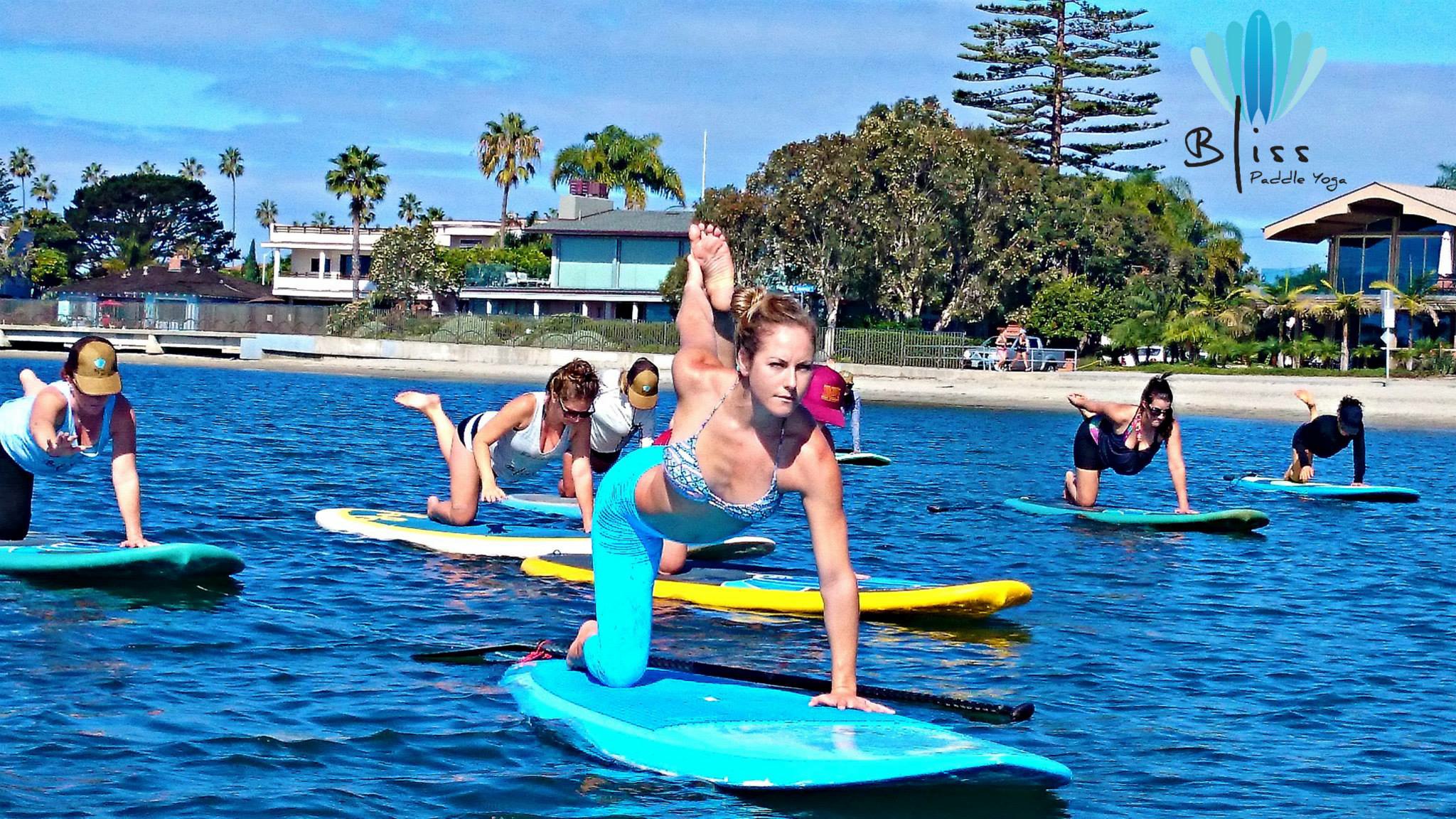Choosing the right stand up paddleboard may at first glance not appear to be an easy task. It doesn’t help that there are many SUP (means “Stand-up“) paddleboards available in the market, with the number increasingly almost daily. And interestingly, many models can seem identical. That said, when it comes to choosing the right SUP board, there are several factors and even nuances that matter. All should to be considered. So yes, deciding on the perfect paddle board may appear to be a rather confusing and overwhelming task. But it doesn’t need to be. Considering the following tips should help:
1. When looking for the right SUP paddleboard, some of the more important factors to consider should be the dimensions. These include the length, the thickness and width (beam) of the board. Paddlers in search of the right paddleboard should always keep their mode of use, workout goals, water conditions, as well as their physical attributes in consideration. A paddler’s height, skill level and weight score heavily when trying determine the right paddleboard.
Keep in mind that longer boards have a lot more stability. Especially when paddling a straight course. Turning and maneuvering, however, increases in difficulty with the board’s length. Smaller paddleboards that have a lower volume, and a smaller footprint. For this reason, they are typically chosen by experienced paddlers. Particularly for paddleboarding in ocean/surf conditions. Longer boards with more volume/displacement and a larger footprint are better for beginners in moderate surf conditions. They are also good for those who only plan to use the boards in flat-water conditions, such as lakes or smooth current rivers.
2. A high-performance board, typically 10 feet long or less, is usually the perfect choice for those who plan to use a SUP paddleboard for wave surfing. Shorter paddle boards with a lesser displacement, length and width are ideal for SUP surfing due to faster response and maneuverability.At the same time, getting too small should be avoided, since speed, control and maneuverability may become too “loose“. Unless, of course, the rider is highly experienced. Keeping the factors mentioned above, will help decide the right-sized paddleboard for surfing. Be sure to check several different models and shapes before deciding on what’s best for your particular needs and skills.
3. A flat-water or easy “fun-shape” style board is a suitable choice for those who simply want to use a paddleboard on calm lakes or rivers or want to paddle flat ocean. More and more riders are utilzing SUP paddle boards for other recreational uses such as fishing, exercise, and even yoga. Larger boards on flat water conditions provide an ideal and stable riding experience for many activities. Paddlers of all ages and skill-levels can use larger boards designed for flat water conditions. They are also an ideal choice for mutliple riders in a family situation for example. One or two paddle boards can suffice for the whole household. Provided, of course the right one(s) are chosen.
4. For competitive use, such as racing, contest-surfing, and so on, faster race and/or hybrid paddle/surf boards are perfect. These types of paddleboards have less displacement, and are lighter and more agile than standard-size SUP paddleboards. It’s still important, however, to choose the right-sized board. As the right size will greatly determine the level of performance.
In closing, determining how and where the stand up paddleboard will be used is certainly important. Just be sure to account for size, rider experience, performance demands and any other relevant factors. When it comes to choosing the right SUP paddleboard, they all matter.
 Paddle Weekend Your Paddle Weekend
Paddle Weekend Your Paddle Weekend
